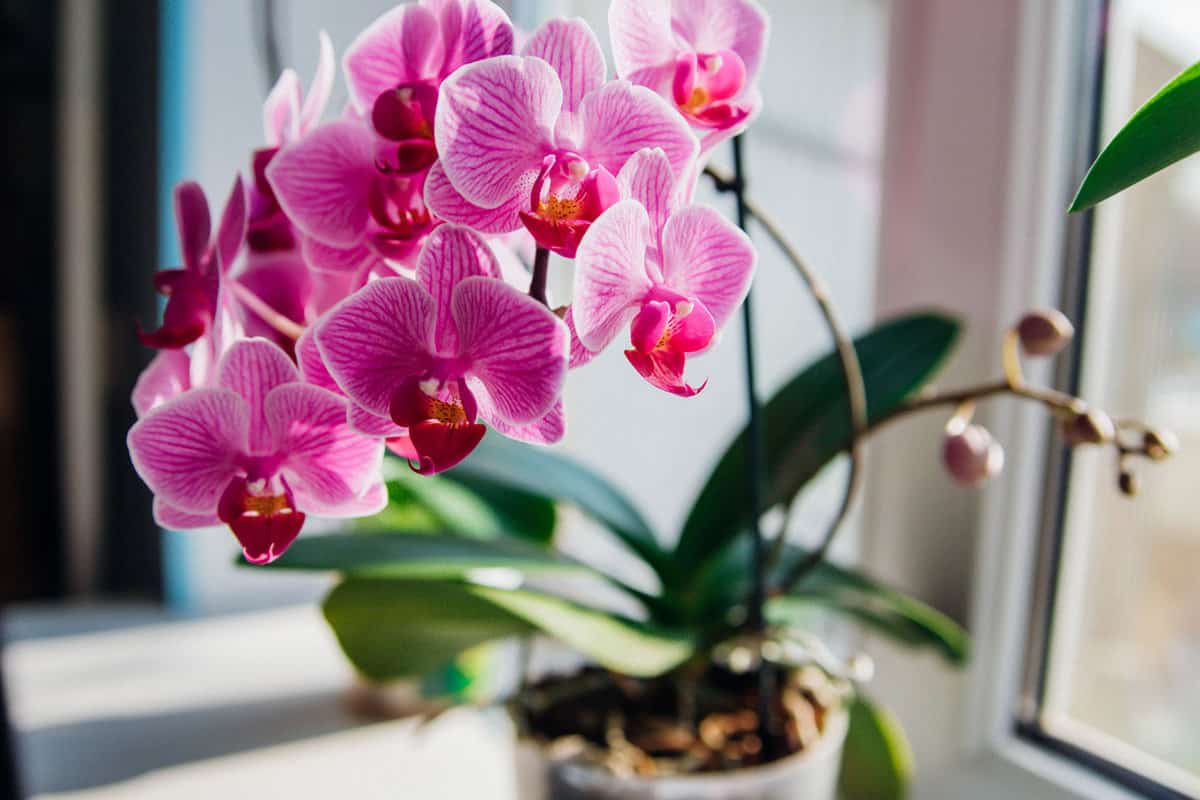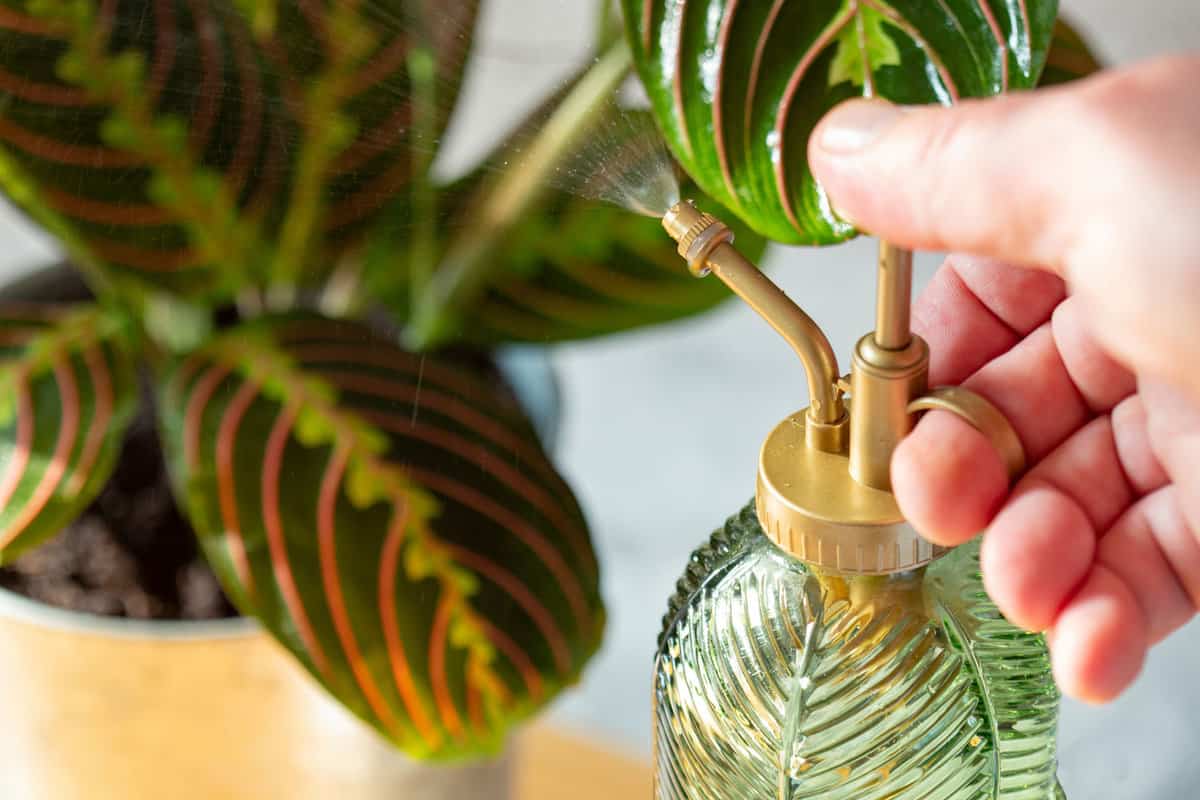Do you ever wonder why your houseplants are not thriving despite your best efforts? A straightforward solution could be misting your plants.
Misting is a simple and effective way to increase humidity levels around your plants, especially if they are native to tropical regions.
Misting your plants also helps to prevent the build-up of dust and other pollutants on the leaves, which can hinder photosynthesis.
Additionally, misting can help to deter pests that thrive in dry environments.
By misting your plants, you can improve your greenery's overall health and appearance, making it easier to maintain a lush indoor garden.
Keep reading to discover more about the benefits of misting and how to incorporate it into your plant care routine properly.
What is Misting?

Misting is a common practice among indoor plant owners. It involves spraying a fine mist of water onto the leaves of your houseplants.
When you mist your houseplants, you create a microclimate around them.
The water droplets from the mist settle on the leaves and evaporate slowly, increasing the humidity levels around the plant.
This can be especially beneficial during the winter when the air inside your home can dry.
Benefits of Misting House Plants

Improved Plant Health and Growth
Misting your house plants can help improve their health and growth in several ways.
For one, it can help increase the humidity levels in your home, which can be beneficial for plants that require high moisture levels.
It can help remove dust and other particles from your plants, improving their ability to absorb light and nutrients.
Also, misting can help promote the growth of new leaves and flowers, making your plants even more beautiful.
Disease Prevention
When you mist your plants, you're not just giving them a refreshing shower; you're also helping to prevent common issues like root rot, powdery mildew, and mealybugs.
These irritating problems can wreak havoc on your plants, causing them to wilt, yellow, and eventually die.
By misting your plants, you're helping to keep them healthy and strong, reducing their susceptibility to stress and disease.
It's a simple but effective way to care for your houseplants and keep them thriving for years to come.
What Indoor Plants Like to be Misted
Misting is a great way to provide indoor plants with the moisture they need to thrive. Tropical plants, in particular, enjoy misting. However, not all indoor plants require (or like) misting.
Here are some indoor plants that like to be misted:
Ferns

Ferns prefer a humid environment, and misting can help to keep their leaves moist and healthy.
African violet

African violets are sensitive to water on their leaves, but misting their surroundings can help to keep the air around them moist.
Indoor palms

Indoor palms thrive in a humid environment, and misting can help to replicate their natural habitat.
Fittonia

Fittonia plants, also nerve plants, prefer moist soil and high humidity.
Orchids

Orchids require high humidity to grow and bloom, and misting can help to keep their leaves and roots moist.
Laceleaf

Laceleaf plants, or Japanese maples, prefer a humid environment and can benefit from misting.
Zebra plant

Zebra plants are native to Brazil and prefer a humid environment, making them a good candidate for misting.
You may want to read this: 15 Fast-Growing House Plants You're Going to Love
How to Mist House Plants
Here are some tips and tricks to help you mist your houseplants like a pro.
Choosing the Right Sprayer
When it comes to misting your houseplants, choosing a suitable sprayer is essential.
You can use a spray bottle, a mister, or a humidifier.
Spray bottles are the most common and affordable option, but they can be challenging for larger plants.
Mist bottles are a bit more expensive, but they produce a finer mist that is easier to control.
Humidifiers are the most expensive option, but they are great for large plants or if you have a lot of plants in one room.

Don't Over-mist
While misting can be beneficial for your plants, it's important not to overdo it. Too much moisture can lead to fungal growth and other problems.
Try Distilled Water
If you're concerned about tap water quality, consider using distilled water for misting your plants.
This will help prevent any minerals or chemicals in the water from building up on your plants.
Should I Mist My Plants Daily?

Knowing how often to mist your plants can be tricky, but it all comes down to the type of plant and environment it's in.
Some plants require more moisture than others, and some environments are more humid.
As a general rule, misting once a day is enough, and it's best to do it early in the day so that the leaves have time to dry before cooler nighttime temperatures.
However, if you notice your plant's leaves are drooping or the soil is dry, you may need to mist them more often.
Remember to consider your plant's needs and adjust your misting routine accordingly.
In Closing
So, when misting your houseplants, it's essential to use room-temperature water, around 68°F, to avoid shocking them.
Mistaking all plant parts, including the leaves and stems, and using a tray or saucer to catch any excess water is essential.
Following these tips can help keep your houseplants healthy and thriving.
Check out this related article: How To Make Houseplants Grow Faster?
